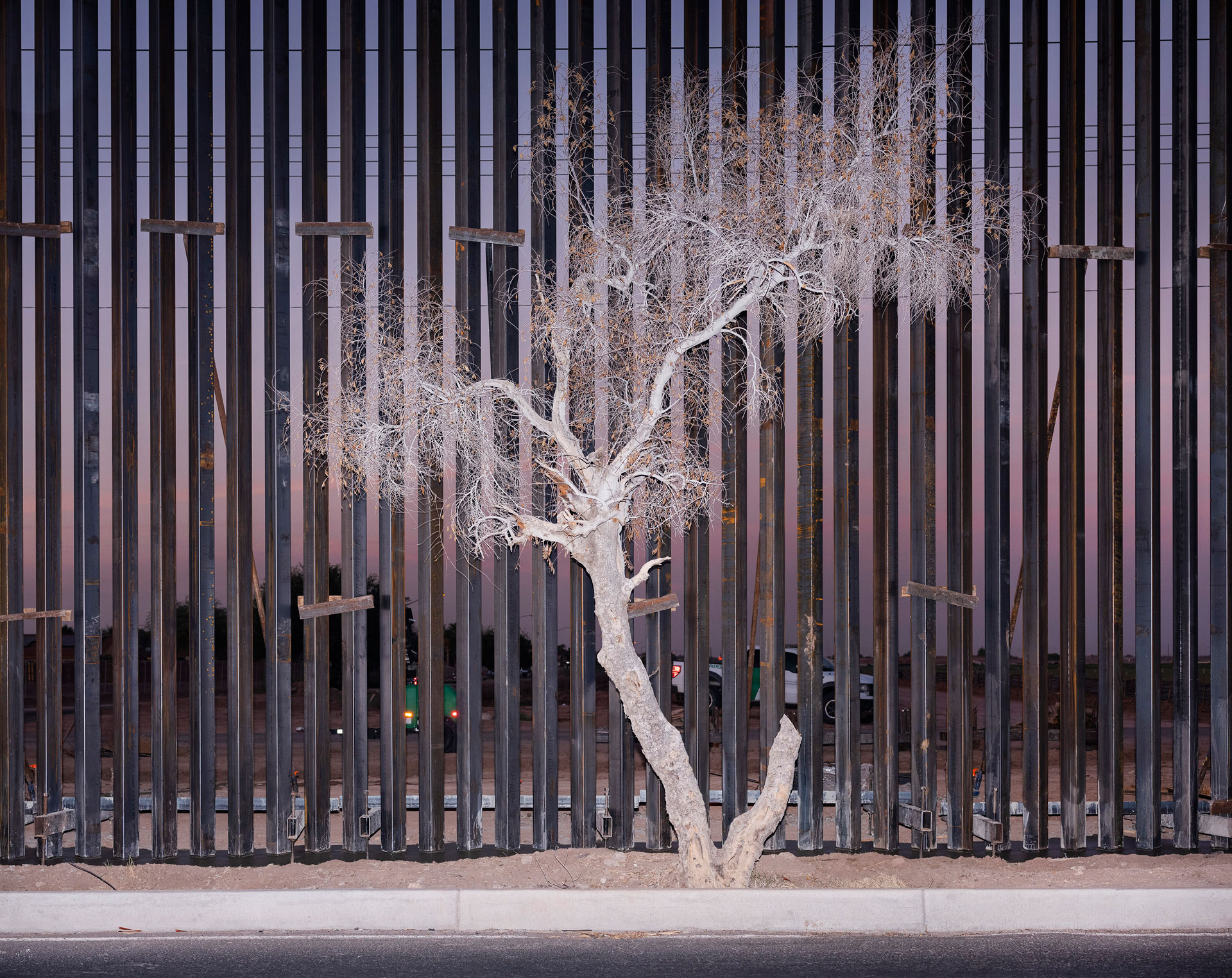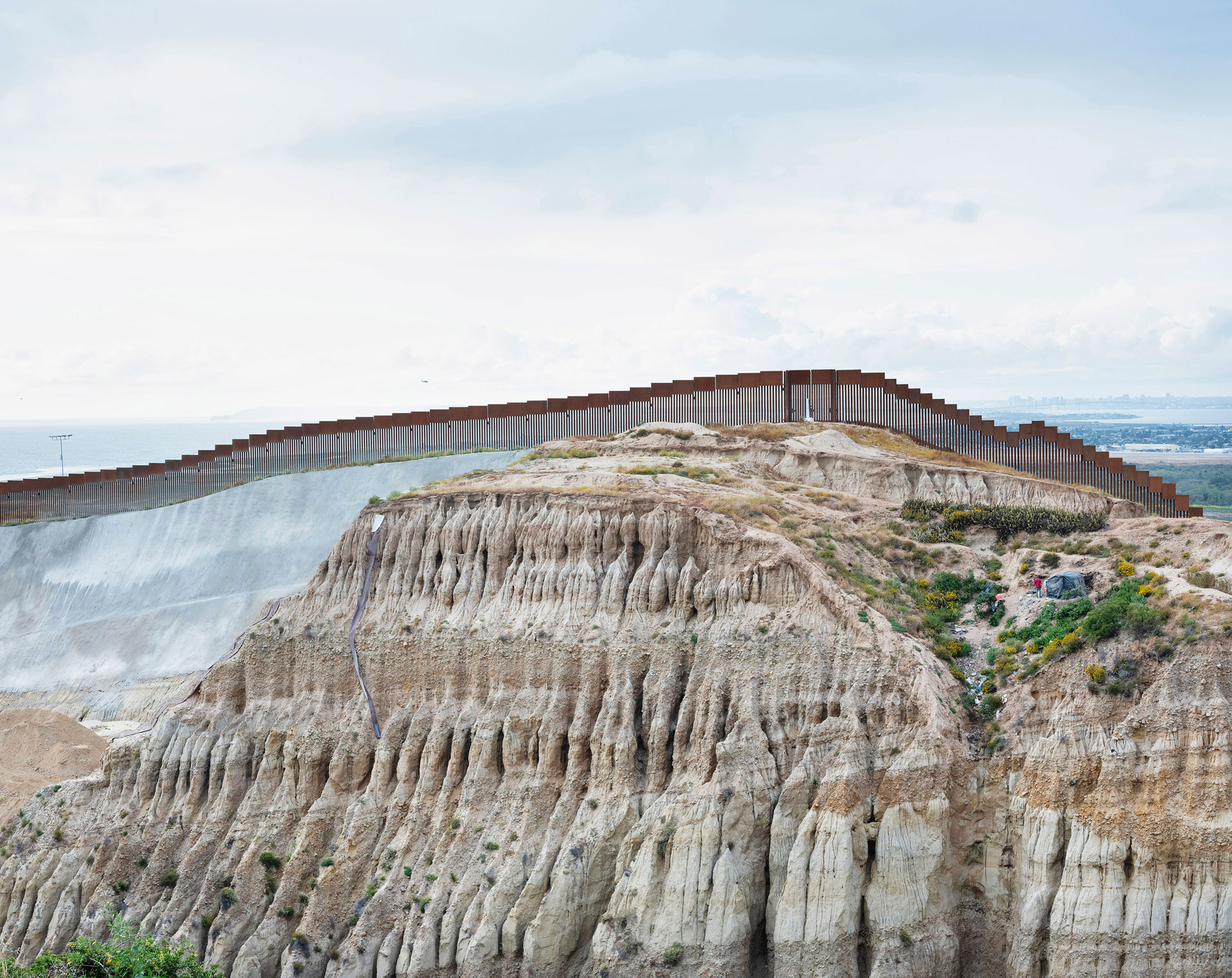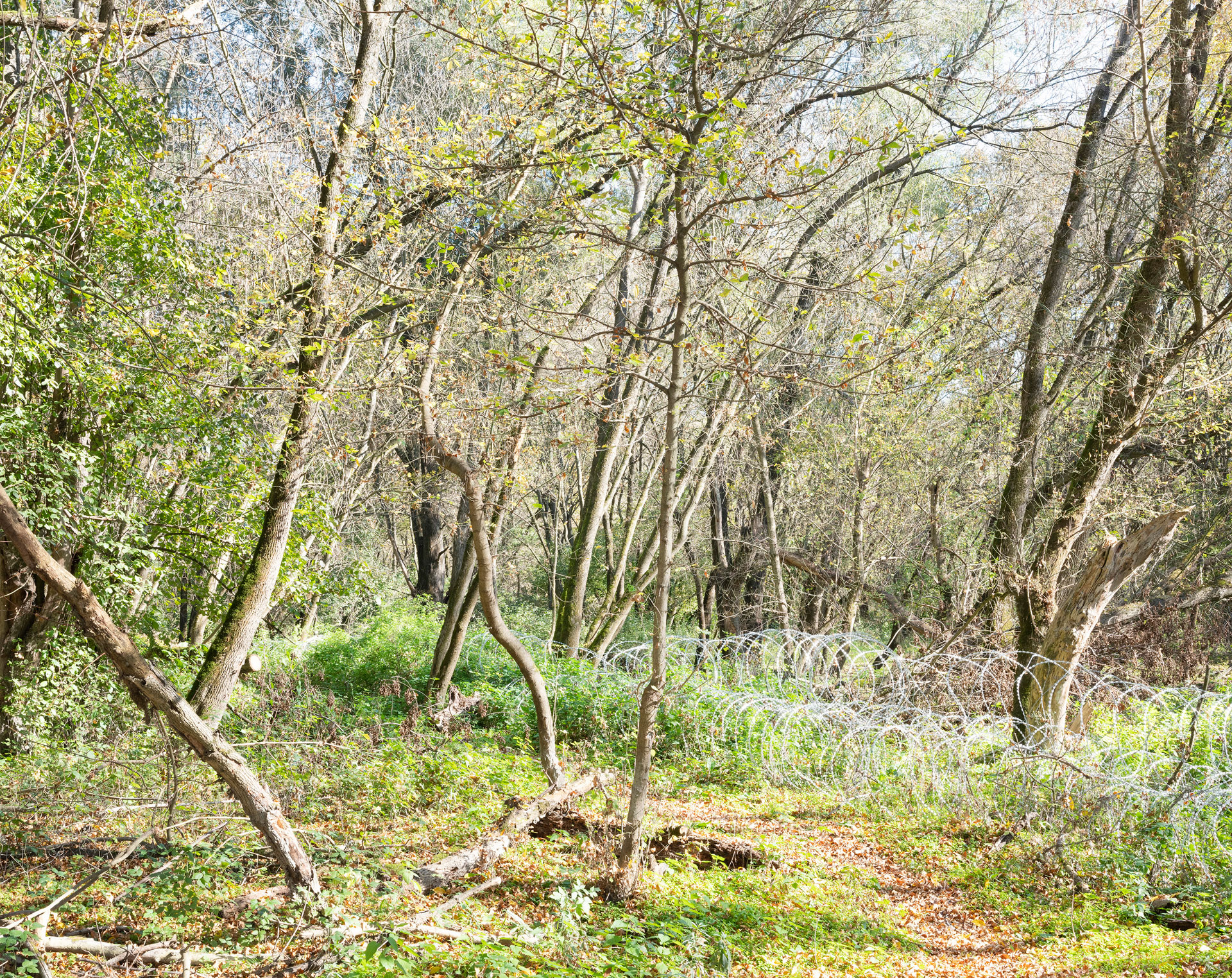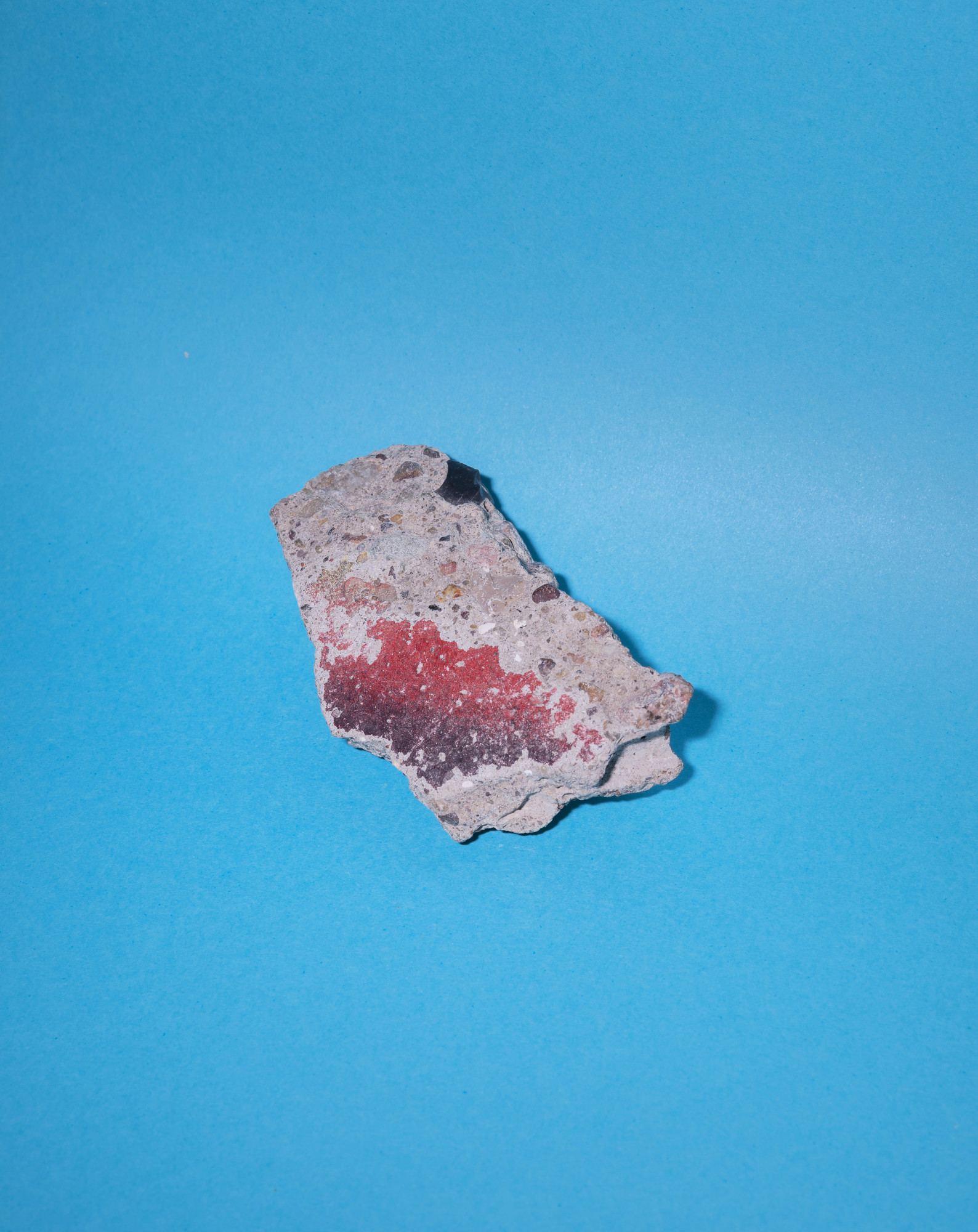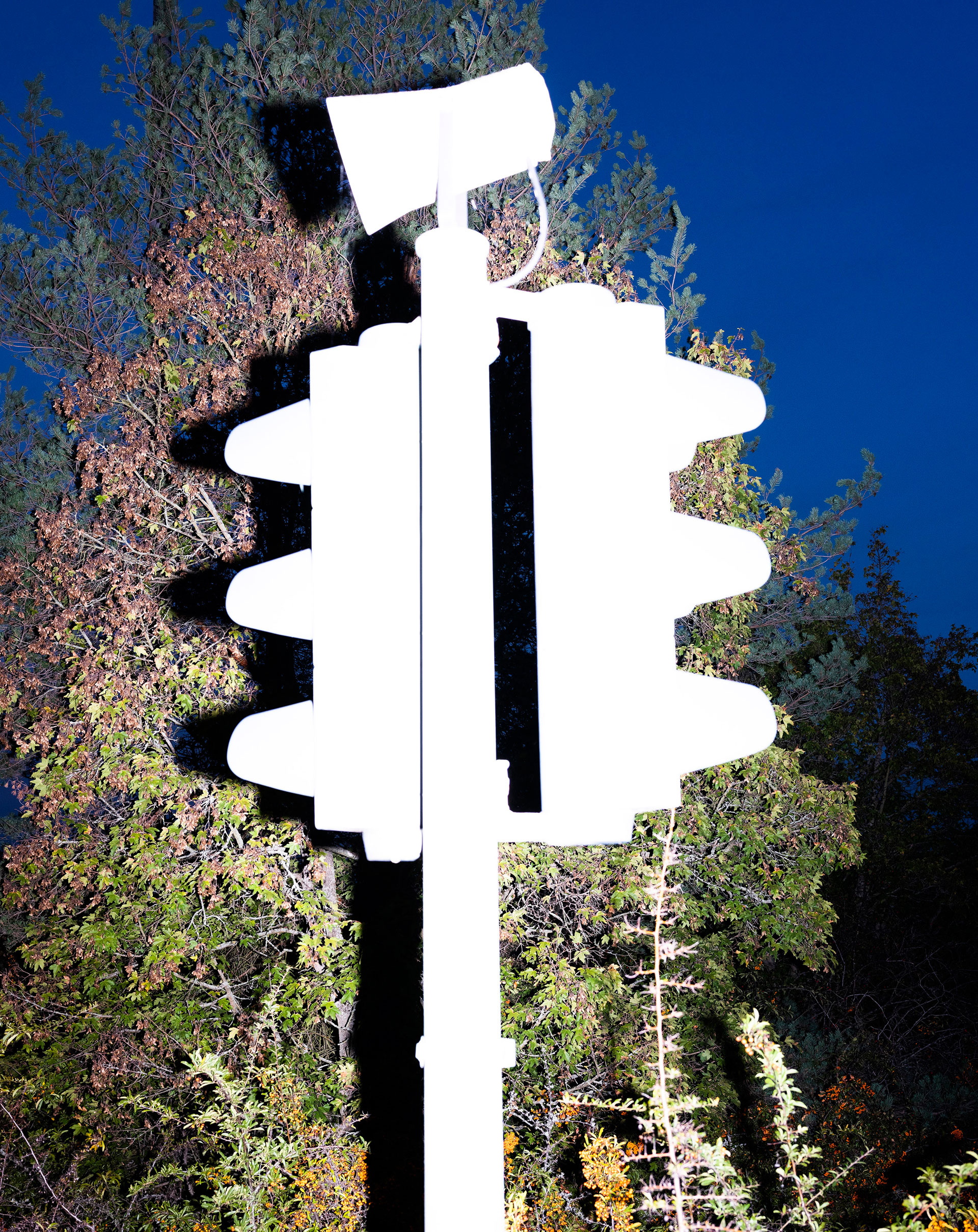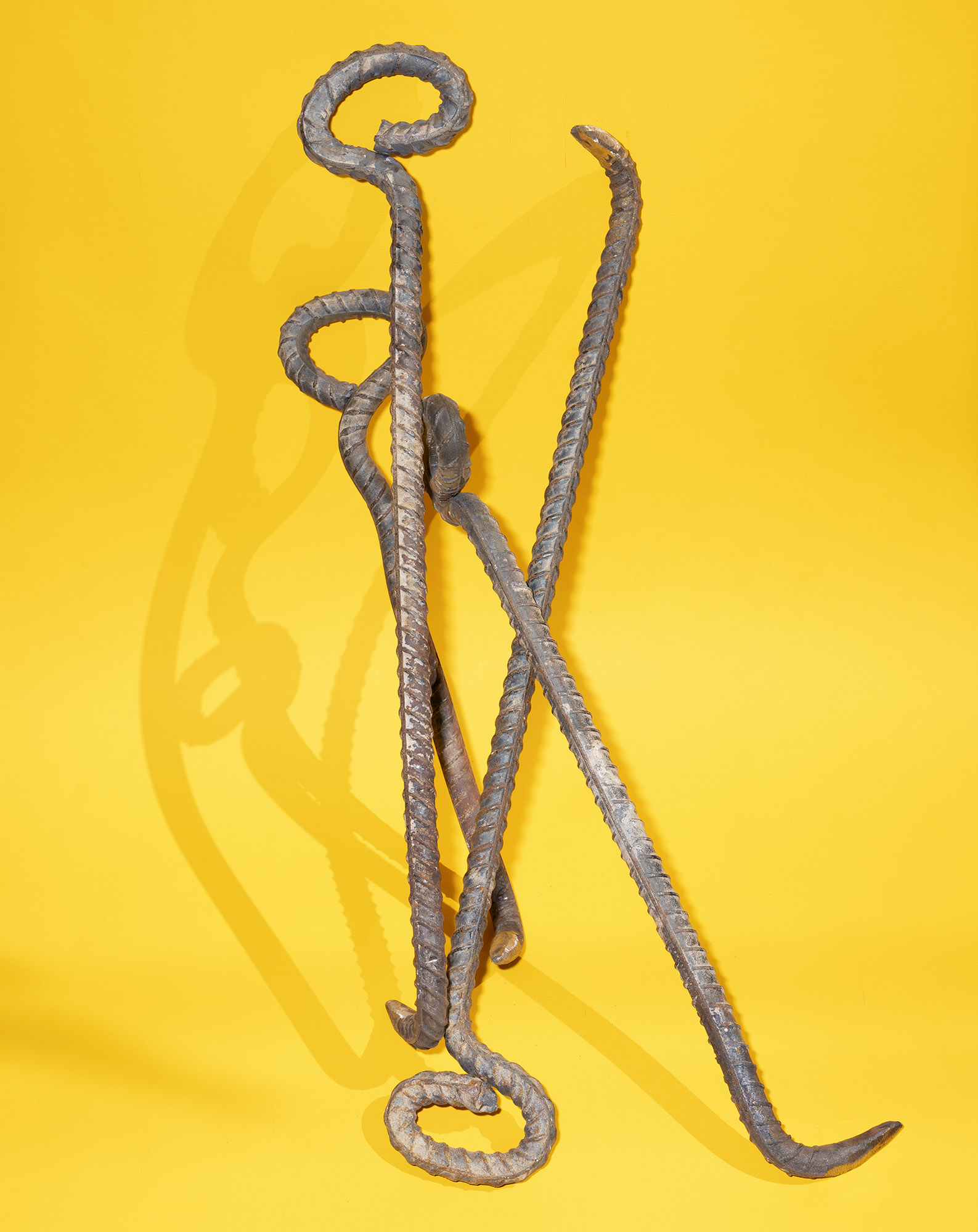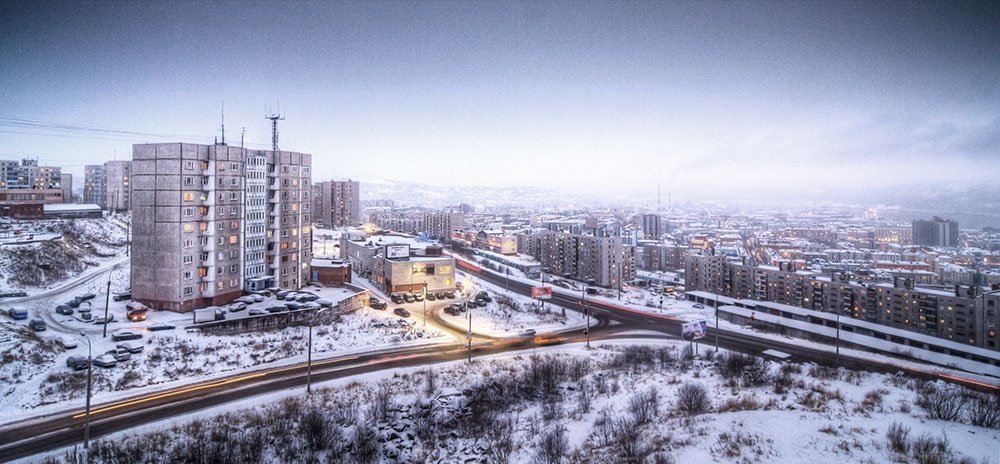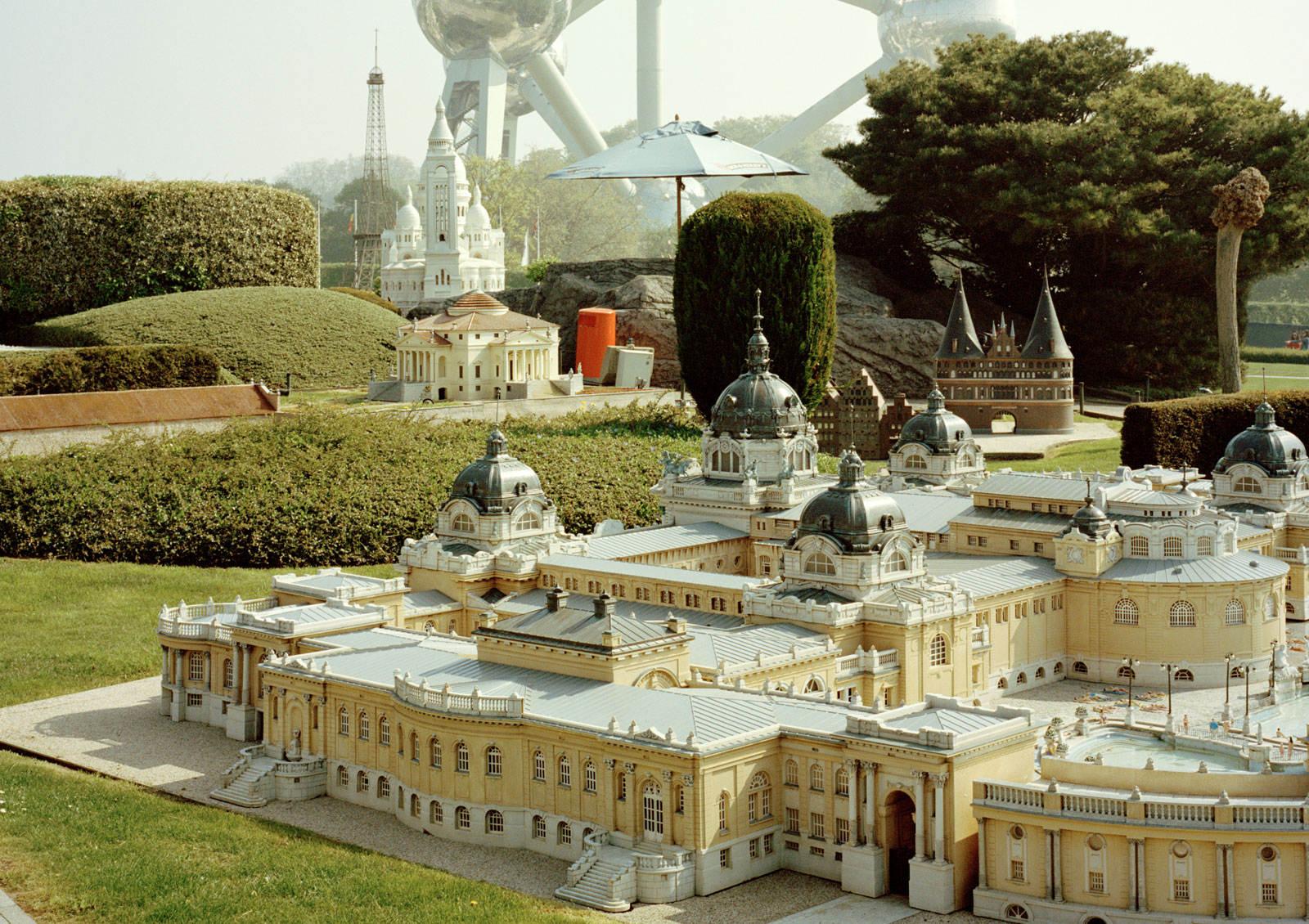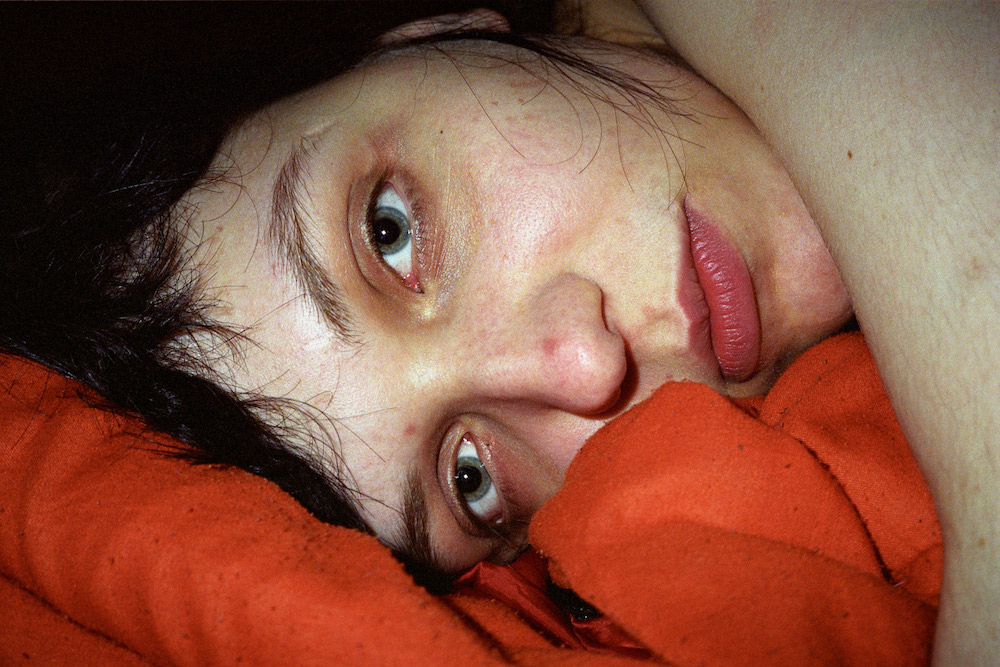From Trump’s wall to the Hungarian border, Rafal Milach discusses the rising ‘ideology of division’
Magnum photographer Rafal Milach has launched a Kickstarter campaign for a new multi-part book dedicated to the legacy and absurdity of three border walls — American-Mexican, Hungarian-Serbian-Croatian, and The Berlin Wall — that asks: why are governments obsessed with building barriers? Help fund it here.
In 2016, Polish photographer Rafal Milach was shortlisted for The Calvert Journal’s New East Photo Prize with Landmarks, a series documenting traces of the borders between Lithuania, Latvia, and Estonia. Now he’s back with a book triptych titled I Am Warning You, a look at three barriers between different countries: the United States and Mexico, East and West Berlin, and Hungary/Serbia/Croatia. “It seems I have been attracted to borders for quite a while,” he laughs.
His fascination with borders is not about the barriers themselves but the role they play in nationalist propaganda, state control, and ideology — all topics Milach has been exploring for some time. His 2014 book The Winners shows the victors in state competitions organised by the Belarusian authorities; his 2017 series Refusal picks out half-built show villages and national museums in Georgia and Azerbaijan. For I Am Warning You, he’s chosen borders which have become symbolic, used as propaganda by the governments that have built or reinforced them.
Perhaps the most obvious example is the wall along the US-Mexican border, a task which has morphed into a catchphrase for US President Donald Trump and his supporters. Explicitly focused on keeping migrants out, it’s a keystone of the Trump administration, summoned into being by Executive Order 13767, ‘Border Security and Immigration Enforcements” on 25 January, 2017. Accordingly, Milach has named this section of the triptych ‘#13767’.
Milach went to the United States twice to photograph the border in 2019, honing in on California. “The wall was rebuilt from scratch [in California] — old parts were removed and a much bigger and taller wall was put in place, in an obvious attempt to show how the Trump administration can keep the border strong,” he explains. “It was interesting to see how the situation evolved. By November 2019, when I went back, the place changed dramatically. The progress of works was immense.”
In Milach’s images, the 15-metre wall looks every bit as imposing as Trump might hope, but also slightly futile. Images shot from far off show the barrier as a curious human intervention in a vast and rolling landscape; Milach shows that the wall also has many gaps. In fact, he became more interested in the wall’s physical limitations while working on the project, partly inspired by a US government document showing the authorities’ efforts to test it. Heavily redacted pages from this document are reproduced in Milach’s book.
“The wall loses continuity quite often,” Milach says. “That’s the absurdity of it; there are huge tracts of land where there is no physical wall at all. It’s used for propaganda, but it’s also highly dysfunctional. From what I heard, it doesn’t stop drug trafficking. I got interested in that dysfunctionality, in how to hack the wall, test it, destroy it. The document I found online recorded Homeland Security wall prototype testing against breaching, scaling, etc. All the sensitive information was classified: when I arrived at the border in May 2019, the wall mockups had already been dismantled and the testing site no longer existed. What remained was this document.”
Milach’s images of the Hungarian border are very different, showing rolls of wire fencing which almost blend in against their bucolic woodland surroundings, along with supporting infrastructure such as surveillance cameras and guards. But though the border between Hungary and its southern neighbours is less physically imposing than its US counterpart, it serves a similar purpose. Erected by Viktor Orban’s administration in 2015, it is intended to physically and metaphorically guard against migrants, with a message recorded in several languages, including Arabic, booming out along the Hungarian-Serbian border: “Attention! Attention! I am warning you that you are at the Hungarian border.”
“Hungary was one of the main routes into the EU during the migrant crisis in 2015,” says Milach. “So while this particular fence is much less fortified than the US one, it is also related to protecting borders from migrants. In fact, it is one of the propaganda pillars of Viktor Orban’s right-wing government, so there is a strong connection between ideology and architecture in both cases.”
Milach points out that this fence also has its limitations — mostly notably that when Croatia joins the Schengen Zone, any construction along that particular section will presumably be removed. A similar paradox underpins the third border wall in his trilogy, the wall that once divided East and West Berlin. Once a fiercely-protected border, backed up with a “Death Strip” on which people literally lost their lives, it has now almost entirely vanished from the city.
Fragments of the original concrete can still be found online and in fleamarkets. After gathering and photographing some of these remains, Milach has included them in his book as images tipped-in over shots of contemporary Berlin life. For him, these fragments symbolise the way the wall lives on in peoples’ hearts and minds. “The ideology of division lasts for much longer than the physical architecture,” he says. “It takes much longer than 30 years to make the mental change.”
The Berlin Wall marked a border created by a clash of ideologies. That’s a clash Milach was personally born into, growing up behind the Iron Curtain. But he adds he was keen to look beyond Eastern Europe for this trilogy, including the US example to make it clear that such issues that can appear anywhere. I realised that whenever I showed my Refusal exhibition in the so-called West, it was interpreted in terms of a post-Soviet geography,” he explains.“But propaganda is much more universal than that. There are places where it may be more noticeable because it takes on a format we recognise, with right-wing symbols or a post-Soviet legacy. But it exists pretty much everywhere in different shades in different countries and different networks.”
In fact, he adds, the fact that people can overlook this control, or even believe it couldn’t happen to them or in their country, spurs him on. As an artist he feels a responsibility to point out the contemporary rise in authoritarian governments, he says, and the worldview they promote. I Am Warning You represents another plank in an ongoing effort, the latest in a series of projects which pick out insidious state control wherever it may be.
“I’m creating an archive, adding to it, bit by bit, from different places,” he says. “I’d rather not do it! I’m not that fascinated by direct politics. But I don’t see another choice at this particular time. I do it because I am afraid, because the most scary thing that can happen is to lose our freedom. We have to be careful about democracy – it’s not something given for good, we have to take care of it.
“I don’t do it for my photography career; I do it because I think I know how photography works. I think I know how to form a certain visual language and communication, so I can contribute, point out, react, comment. You can always present and reveal. If doing so changes anything I don’t know, but if you don’t create any work, I think there’s a risk it’s going to be ever more harsh. Artists have certain tools that can be used to connect to a bigger discourse or resistance. I think it’s our duty.”
Pledge £30 before 30 October and get a copy of Rafal Milach’s I Am Warning You. You can find all the info on Kickstarter here.
